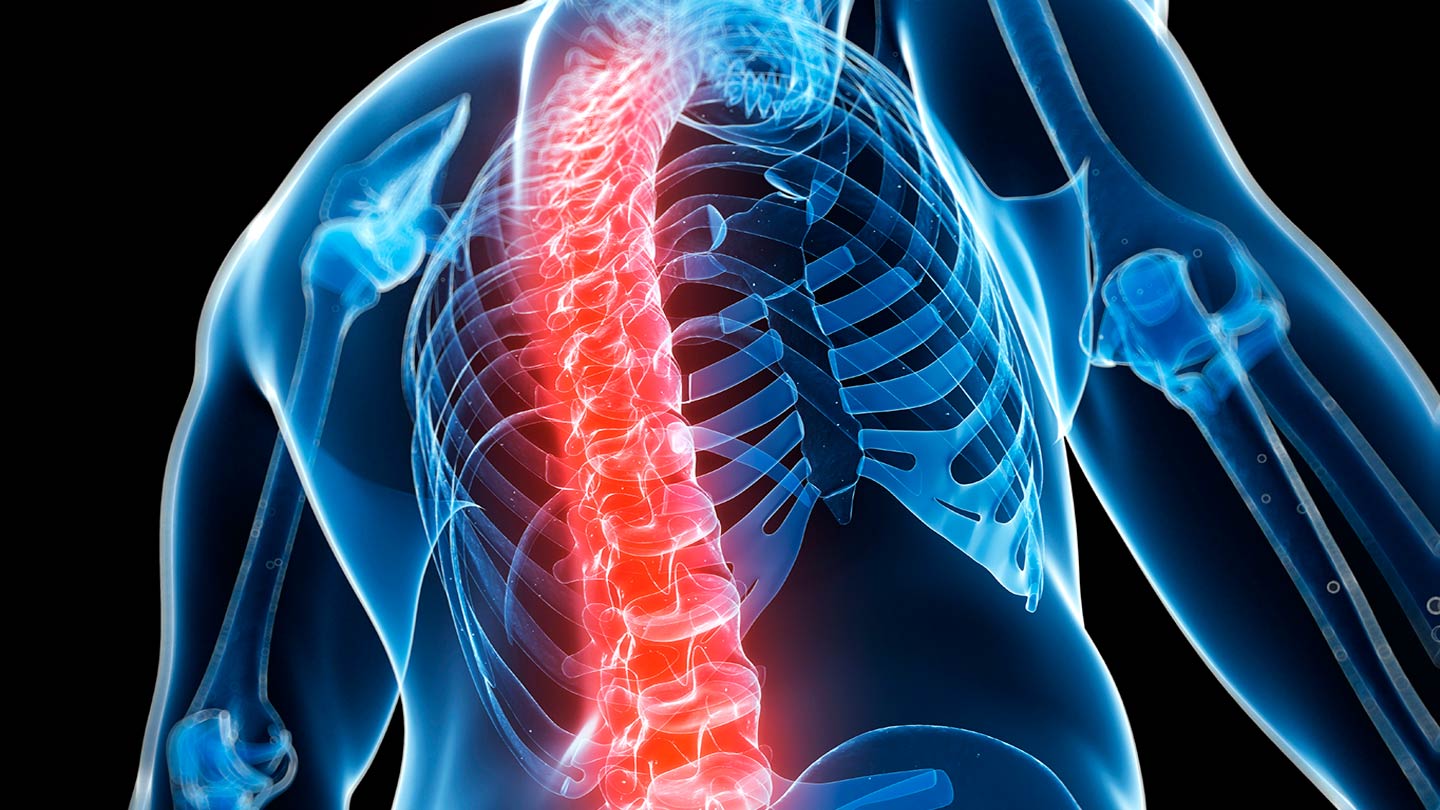"By Andrea Singer, MD, Special to Everyday Health
May is National Osteoporosis Month, an opportune time to educate ourselves about the threats posed by osteoporosis and, perhaps most importantly, the steps we can take to prevent it.
Each year, more than 60,000 women die from the effects of osteoporosis, a disease of the bones that causes low bone density and weak bones that are more likely to break. That’s 20,000 more deaths than are caused by breast cancer and cervical cancer combined.
Despite these numbers, many Americans don’t take precautions against this potentially life-altering disease. In an April 2016 Harris Poll survey on osteoporosis, three-quarters of Americans said they were aware of the effects that osteoporosis can have on their health, yet only about half reported taking steps to prevent it.
As clinical director of the National Osteoporosis Foundation (NOF), I spend a great deal of time spreading awareness of this “silent epidemic.” Osteoporosis often goes unnoticed until it’s too late and a man or woman suffers a painful, life-changing fracture.
- Osteoporosis Leads to a Surprising Number of Hospitalizations:
Osteoporosis causes two million broken bones in the United States each year, according to the U.S. Department of Health and Human Services’ Bone Health and Osteoporosis: A Report of the Surgeon General, from 2004.
And each year, these bone breaks from osteoporosis result in:
Half a million hospitalizations
800,000 emergency room visits
2.6 million trips to the doctor
180,000 people being placed into nursing homes
Even more shocking, between 2000 and 2011, 4.9 million women over age 55 were hospitalized for osteoporotic fractures of the hip, pelvis, arm, leg, or spine, as my colleagues and I reported in Mayo Clinic Proceedings in January 2015. And the number of osteoporosis-related hospitalizations exceeded that for common conditions, including both stroke and heart attack: There were 4.9 million osteoporosis bone-break hospitalizations compared to 3 million for stroke, 2.9 million for heart attack, and 700,000 for breast cancer during the same time period.
While the fractures that happen as a result of the disease can cause severe pain, complications from a broken bone or related surgery can lead to early death or long-term nursing home care.
Fortunately, osteoporosis can be detected and treated before you have a broken bone. Playing an active role in maintaining good bone health is critical.
- Are You at Risk for Osteoporosis?:
Nearly 54 million Americans are living with osteoporosis or at risk for developing it. A variety of factors can put someone at risk for osteoporosis, including age, genetics, low body weight, lifestyle choices, and perhaps most importantly, a prior history of an osteoporotic bone break or a low-trauma fracture. Men and women over age 50, including postmenopausal women, are at risk for osteoporosis.
In addition, if you have a family history of osteoporosis, particularly if you have a parent with a history of hip fracture, you are at heightened risk. Those who eat too much protein, sodium, and caffeine — and not enough fruits, vegetables, calcium, and vitamin D — are also at risk, as are men and women who don’t get enough exercise, smoke cigarettes, or drink alcohol excessively.
- How You Can Prevent Osteoporosis:
To prevent osteoporosis, you need to get active, get healthy, get clean, and get checked, as I often tell my patients.
Get active. Do regular weight-bearing and muscle-strengthening exercises. This is one of the best ways to protect against osteoporosis and broken bones. As always, check with your healthcare provider before starting a new exercise program.
Get healthy. Getting enough calcium, vitamin D, lean protein, fruits, vegetables, and healthy fats (like olive oil) is key to eating for healthy bones.
Get clean. To maintain good bone health, avoid smoking and limit how much alcohol you drink.
Get checked. A painless, 15-minute test called a DXA scan will help predict your risk of breaking a bone by measuring how strong or fragile your bones are.
A DXA scan is a non-invasive, painless, quick way to measure bone mineral density and assess for osteoporosis and fracture risk. Also called a bone mineral density test, it helps your doctor diagnose osteoporosis. The National Osteoporosis Foundation recommends that postmenopausal women with risk factors, and all women over age 65, talk to their healthcare provider about having a DXA scan. Men over 70 should also be screened, and men under 70 should be screened if they have specific risk factors.
Osteoporosis can be a devastating and life-changing disease — but only if we let it.
PHOTO: iStock.com
Andrea Singer, MD, is associate professor of medicine and ob/gyn at the Georgetown University Medical Center in Washington, DC; division director of women’s primary care in the department of ob/gyn and director of the bone densitometry program at MedStar Georgetown University Hospital; medical director of the MedStar Georgetown Fracture Liaison Service; and a certified clinical densitometrist. She is also clinical director of the National Osteoporosis Foundation (NOF) and a member of its board of trustees".
Fuente: www.everydayhealth.com
